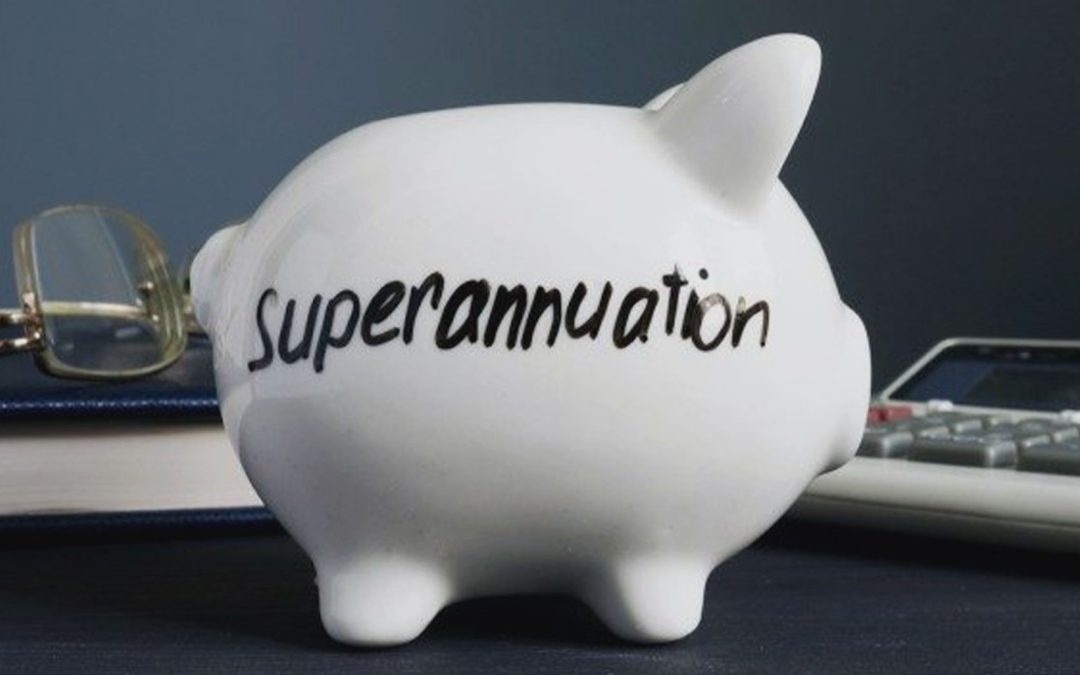You’ve probably heard that the Federal Government announced on Tuesday that there are going to be changes to our superannuation system.
In simple terms, the Federal Government has proposed a cap on tax concessions, which means Australians with high superannuation balances will be paying more tax.
Supposedly, it’s likely that about 80,000 Australians will be affected, for now!
So, what exactly are the changes proposed and what do they mean for you? What does this mean from what Superannuation changes that were already promised.
It’s all about the tax you pay on investment earnings.
Let’s break it down and have a closer look for you.
Currently, when you’re still working and adding money to superannuation (called the accumulation phase), the earnings from your super investments are taxed at 15 per cent.
As part of the proposed changes, the tax rate on earnings will double to 30 per cent for superannuation balances above $3 million.
It’s initially likely to affect just 0.5 per cent of Australians with superannuation accounts. This will most likely grow over time as more Australians build wealth within the superannuation environment.
They will still pay a 15 per cent tax rate on earnings on their retirement savings up to $3 million but will then have to pay the higher tax rate on the remainder.
According to our Treasurer Jim Chalmers “It’s not a major change to the superannuation system”. “It leaves all the fundamentals in place. Everybody can still access generous tax concessions in the system.”
Are you still confused. How will your super be taxed?
Usually, the money you put into superannuation and the earnings you make on your investments within super are taxed at a lower rate than your regular income.
The system was designed like that to encourage people to save for their retirement and reward them for doing so.
There are three times you may be taxed: on the money you put into super (contributions); the money you earn from your investments in super; or money you withdraw from super (typically, retirees pay no tax).
Here’s a summary of how much tax you will typically pay under the current system:
| Type of tax | Amount |
| Concessional contributions (these are before-tax and include super your employer pays and any super you salary sacrifice) | 15% |
| Non-concessional contributions (these are after-tax and are extra savings you put into super) | 0% |
| Contributions from high income earnings (on contributions over the $250,000 threshold) | 30% |
| Investment earnings (currently) | 15% |
| Proposed change to investment earnings for super accounts bigger than $3m | 30% |
| Withdrawals (if under 60yo) | 17-22% |
| Withdrawals (when you’re in the retirement phase and are over 60yo) | 0% |
| A three-tiered system for earnings | Tax rate |
| Up to $1.7 million into the retirement phase | 0% |
| Up to $3 million remaining in the accumulation phase | 15% |
| Over $3 million in the accumulation phase | 30% |
Will the $3 million cap be indexed?
No, is the short answer. Treasurer Jim Chalmers says he does not intend to index the $3 million cap.
(Just in case you are wondering, indexation just means adjusting the amount based on inflation).
With the threshold not being indexed, inflation and the compounding earnings within superannuation will push more Australians above the $3 million balance level over the coming decades.
What happens next?
The Federal Government will introduce legislation into parliament shortly.
The changes are scheduled to come into effect in the middle of 2025 after the next Federal Election.
We will certainly keep you updated, and if you need any help with personal finance, feel free to call or email us.
As we are not only specialist in property tax, but will take care of how to maintain your Superannuation.

